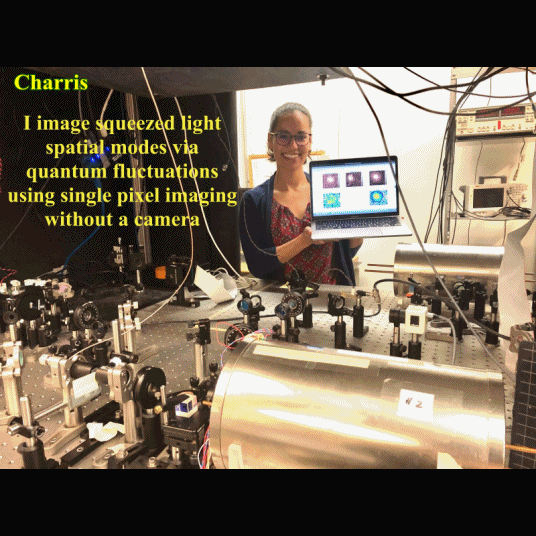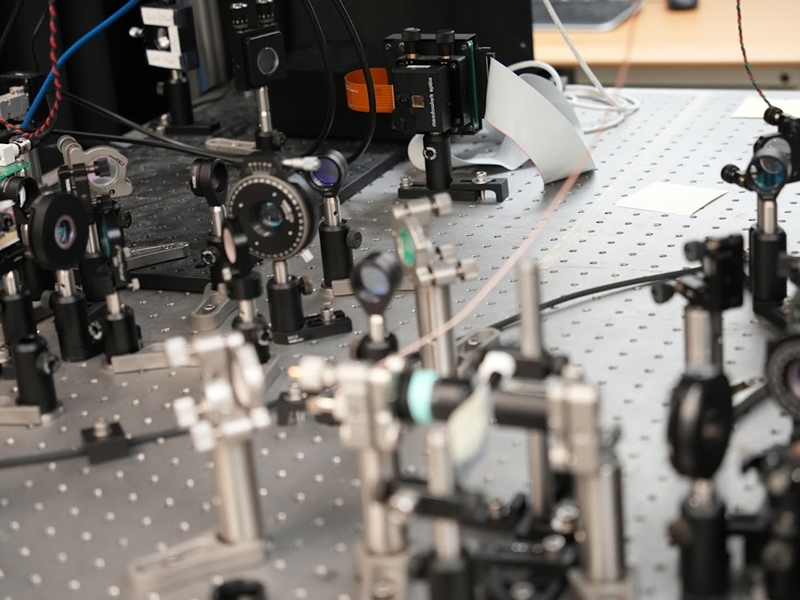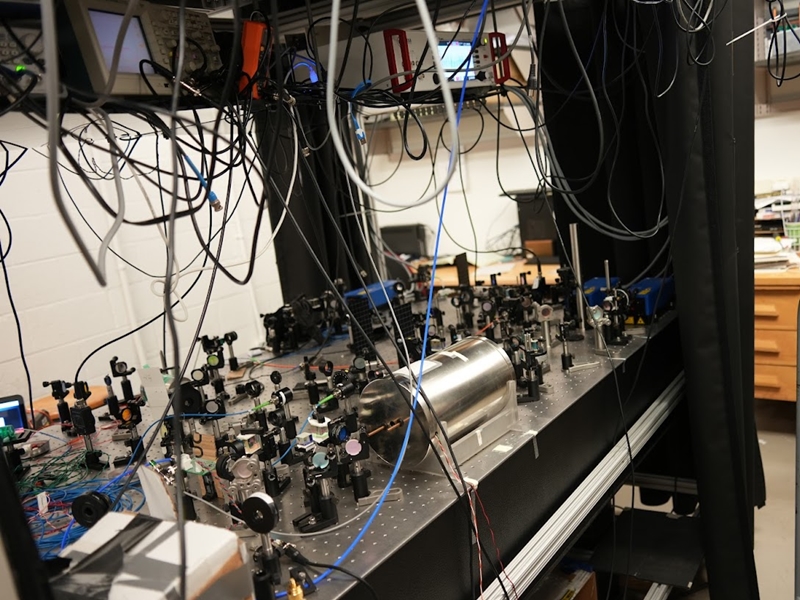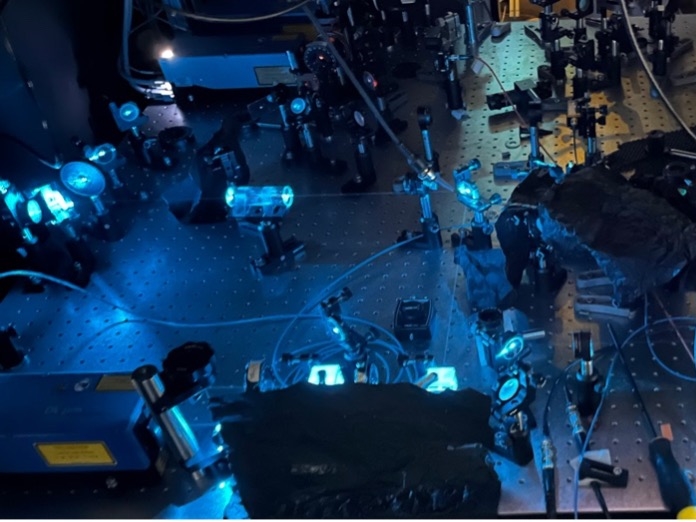 In the beginning of 20th century the need for understanding the interaction of light and atoms gave rise to the development of Quantum Mechanics. Now in the 21st century we lived through the Second Quantum Revolution. We now can manipulate and control quantum states of light and atoms to push the technology beyond the limits set by the classical physics!
In the beginning of 20th century the need for understanding the interaction of light and atoms gave rise to the development of Quantum Mechanics. Now in the 21st century we lived through the Second Quantum Revolution. We now can manipulate and control quantum states of light and atoms to push the technology beyond the limits set by the classical physics!
Many current technologies -- from cell phones and displays to medical diagnostics and chemical analysis -- rely on our understanding of underlying quantum nature of the world. Now we are able to create new, previously impossible states of matter and light. These new man-made quantum objects and protocols can enable new capabilities, such as creating unbreakable data encription, developing efficient synthesis protocols for complex molecules and medical compounds, improving accuracy of measurements to unprecedented level, and many more.
In our group we use various multi-photon interactions to control quantum states of atoms in Rb vapor to dramatically alter its optical properties. For example, by carefully tuning the frequencies of two optical fields, we can reduce resonant optical absorption and make a normally opaque medium (more) transparent. This effect is known as Electromagnetically Induced Transparency (EIT). Or it may be possible to generate new optical fields with interesting non-classical statistics by means of near-resonant four-wave mixing and generate so-called squeezed light, that can then be used to push the performance of quantum sensors beyond classical limits.






